Why I Picked It Up: We got to hear Jon Scieszka speak at a conference we went to a while back, and I remember him talking about this series. (Side note: if you ever get a chance to hear him speak – do it! He’s hilarious!) He introduced the Frank Einstein series as being “all of science, in six books.” A few years later, I actually started teaching science and I kept meaning to pick it up. I finally just did it!
Why I Finished It: I was really curious to see how Scieszka could fit all of science into this one series, and even though I’m not a huge science fan, I learned a little about a lot of things and it was a great story too! I loved all the allusions and puns in The Antimatter Motor, from the opening scene which was heavily reminiscent of the famous scene in the classic Frankenstein to all the references to other classic literature, characters, inventors, scientists, etc.
It’s almost like a science book that doesn’t take itself too seriously. The science concepts are high level but are explained in very down-to-earth terms. I mean – matter and antimatter?? There are whole courses on this stuff that confound minds at the collegiate level and way beyond. But because it’s important for the story, Scieszka gives a simple enough definition that I got it and the story made sense. There are plenty of illustrations throughout the book, making it feel a bit like some of the other illustrated/cartoon style books that are popular. Being a science book, there are also lots of diagrams to help the reader understand and visualize important concepts. My snarky sense of humor was very satisfied!
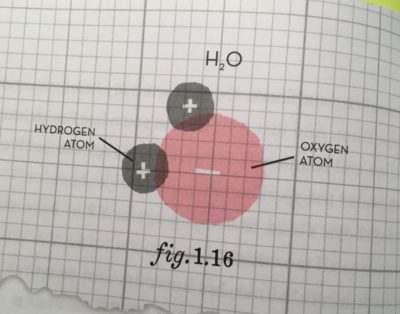
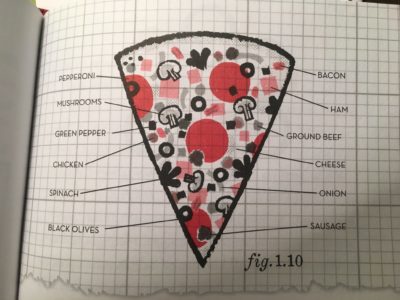
Who I Would Give It To: This is a great upper-elementary read. This is an engaging, high-interest story, despite how kids feel about science. I’d definitely give this to my kids who are curious about how things work, my budding engineers and inventors!
Integration Ideas:
Theme
Besides the obvious science theme, relationships are definitely a central theme of this book. The friendship between Frank and Watson, the rivalry between Frank and Edison, Klink and Klank’s friendship, family relationships in the Einstein family. Choose one of the essential questions to explore as you read:
- How do you know if a relationship is helpful or hurtful?
- What makes a good friend?
- How are people transformed through their relationships with others?
Character
The characters in this story have very distinct and well-established personalities and traits. Here are a few places in the text to find specific descriptions of some of the characters:
Klink and Klank – p 33-41
Grandpa Al – p 21-31, 42-50, 117-118
T. Edison – introduced on p 63, p 95-99
Mr. Chimp – introduced on p 66, p 95-99
Obviously, you will learn more about each of the characters as you read and as they interact with each other as well! In order to understand the main character, Frank, readers will have to use a bit more detective work and infer from the text. Here are a few passages that could be used to practice making inferences about character:
- p 11 – Frank is about to switch on the power to the SmartBot – (Start with “Yes!” and go through end of page.)
- p 73 – Frank plans for the science fair
- p 133 (middle of the page to top of 134) – Frank is processing with Grandpa Al
- p 135-136 – Frank and Watson’s relationship
Watson plays a side-kick role, so doesn’t feature as prominently, but he is still crucial to the story (see pg 74, 108-109, 155) in a major way.
Technology – Character
As you explore each character, try one of the following tools to present a “character profile” of evidence gathered:
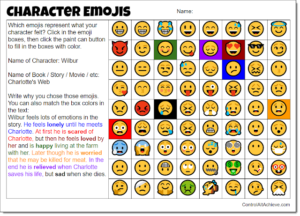 Character Emojis (From Ctrl + Alt + Achieve): Which emojis represent your character’s emotions throughout the story?
Character Emojis (From Ctrl + Alt + Achieve): Which emojis represent your character’s emotions throughout the story? - Bio-Cube and Trading Card (From ReadWriteThink): Both tools prompt you to think about the character on a deeper level, using your knowledge from the story to create a more complete picture of that character.
- Social Media – Twitter Template (GSlides), Instagram Template (GSlides) and Texting Story (iOS app) – Put the characters in situations that are familiar to students. What would their social media handles be? What would they be talking about? Who would they interact with? What would they post?
Science *fusions*
It’s beyond the scope of my expertise to verify the accuracy of all the science, but I feel like it’s a great representation of such a wide variety of topics! The Antimatter Motor is “a mile wide and an inch deep” in the best way. In order to cover all of science, and still tell a good story, you can’t go into too much detail. But there is enough to help you feel like you’ve got it.
This would be a great opportunity to spark some curiosity and explore interests in particular areas of science. Each of the six books in the series covers one of the major categories of science, as broken down by Frank and Watson in the middle of the book. They determine to master all science, and they approach it very systematically by breaking it into matter, energy, humans, life, earth, and the universe. There are some kids that will want to read all of them, but there might be a student who has a particular interest in earth, for example. Reading Frank Einstein and the Bio-Action Gizmo might spark something to help a student narrow their interests or find a new interest within that category.
The backmatter (the stuff in the back of the book) is great for this book! There are notes in an outline format that gather together the information from throughout the story and organize it into categories within the broader concept of science – very simple statements that could be investigated further or just studied to get a better idea of a concept as a whole.
Inventors
Frank, Edison, Grandpa Al, even Watson, are all inventors. Outside of the inventions that feature in the story (Klink and Klank, the Antimatter Motor Fly Bike, the Antimatter Squirt Gun), there are several others mentioned:
- magnetic levitation skateboard (p 52)
- Grandpa Al’s singing bass doorbell (p 72)
- Watson’s Universal-Strength Peanut Butter Bubble Gum (p 74)
- Frank’s alarm clock (p 22)
People invent things for a number of reasons – some out of necessity, some just for fun. This is an excellent opportunity to bring in your makerspace, or if you don’t have one, start one! Students have tons of ideas and sometimes just need time, space, and resources to make those ideas a reality! Check out this post on Violet the Pilot for more on makerspaces and inventors!

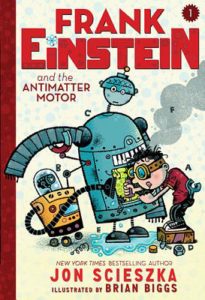
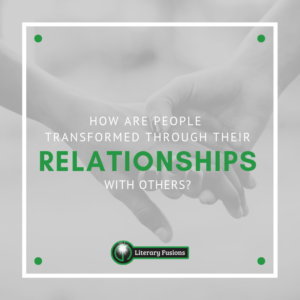
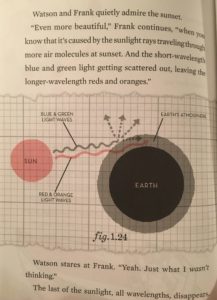






Leave a Reply